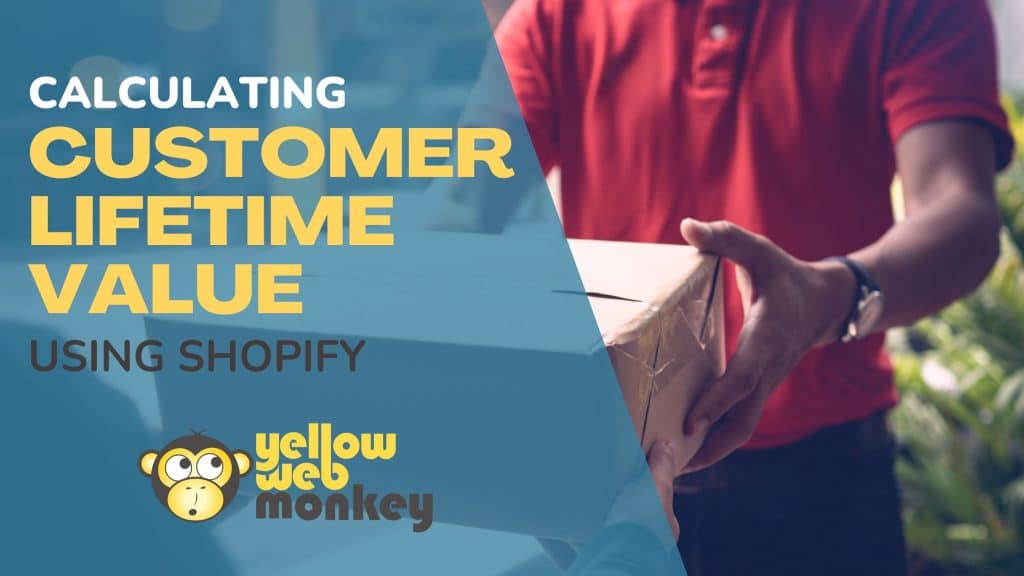In the world of business, we often talk about profits and sales. But at the heart of every successful business are the relationships we build with our customers. Understanding what those relationships are worth—not just in the short term, but over the entire customer journey—is crucial. That’s where Customer Lifetime Value (CLV) comes in. It’s a way of looking beyond individual transactions and appreciating the long-term value each customer brings.
Why Nurturing Customer Relationships Matters (and How CLV Helps)
Knowing your CLV isn’t just about crunching numbers; it’s about understanding the true value of your customer relationships. It helps you cultivate those relationships, leading to happier customers and a more thriving business. Here’s how:
- Recognizing Your Most Valuable Connections: CLV helps you identify your most loyal customers – the ones who truly connect with your brand. These are the individuals you’ll want to cherish. Knowing their value allows you to show them extra appreciation—the kind of appreciation that touches the heart and builds lasting loyalty. Personalized offers, exclusive previews, or even a simple, heartfelt thank you can make all the difference.
- Guiding Thoughtful Marketing: Instead of a one-size-fits-all approach, CLV empowers you to tailor your marketing efforts. You can send relevant messages to different customer groups, showing them that you understand their needs and preferences. This builds trust and strengthens the connection.
- Proactive Care and Support: Imagine a valued customer hasn’t engaged with your brand in a while. Knowing their CLV might prompt you to reach out and see how they’re doing. Perhaps they had a question or encountered an issue. Or, perhaps their needs simply aren’t a good fit for what you offer—and that’s okay. Proactive customer service demonstrates that you genuinely care about their experience, which can make all the difference.
- Building a Community of Loyal Advocates: CLV encourages you to focus on the long-term health of your customer relationships. It’s about creating a community of loyal advocates who not only love your products or services but also become champions for your brand. When customers feel valued and heard, they’re more likely to become part of your story—a story they’re proud to share.
Calculating CLV in Shopify (A Practical Guide)
Here’s how you can calculate CLV using your Shopify data, with insights and inspiration drawn from Josh Temple’s article, “How to Estimate the Value of Your Customers the Right Way“:
1. Choose Your Timeframe:
Consider the last 12 months or the entire history of your business.
2. Calculate Your Average Order Value:
Go to Analytics > Dashboards in Shopify.
Set the timeframe.
Find Total Sales and Total Orders.
Average Order Value = Total Sales / Total Orders
3. Figure Out Purchase Frequency:
Go to Customers.
Filter customers for your chosen timeframe (More Filters > Change “Date of Order”).
Note the number of unique customers.
Average Purchase Frequency = Total Orders / Total Customers
4. Calculate Average Customer Value:
Average Customer Value = Average Order Value x Average Purchase Frequency
5. Estimate Customer Lifespan:
For businesses over 3 years old, consider using a more detailed calculation.
For newer businesses, 3 years can be a good starting point.
6. Calculate CLV:
Customer Lifetime Value = Average Customer Value x Average Customer Lifespan
Key Considerations:
Data Integrity: Accurate data is essential for understanding your customers.
Customer Segmentation: Different customer groups have different needs. Segmenting your customers allows you to tailor your approach.
Regular Review: Customer relationships evolve. Recalculate CLV periodically to stay informed.
Using CLV Wisely
While CLV is primarily about nurturing valuable relationships, it can also provide insights into customer segments that might be draining resources without a strong return. Sometimes, despite our best efforts, certain customer relationships can become consistently challenging, requiring significant time and resources that could be better allocated elsewhere. By understanding CLV across different customer groups, you can identify patterns and make informed decisions about where to focus your energy. This isn’t about abruptly cutting ties; rather, it’s about strategically allocating resources to cultivate the most promising relationships and, if necessary, gracefully disengaging from those that are consistently problematic. This allows you to protect your team’s time and energy, ensuring they can focus on providing exceptional service to your most valued customers.
The Heart of Your Business
Ultimately, CLV is more than just a metric; it’s a reflection of the relationships you’ve built. By focusing on nurturing those relationships, you’re not only increasing customer lifetime value but also creating a more sustainable and meaningful business. Remember, your customers are the heart of your business, and their long-term happiness—and their continued engagement— is key to your success.
If you need additional support in determining your business’s CLV, or in developing strategies to nurture your customer relationships, reach out to us at www.yellowwebmonkey.com. We’d love to help you build a business that thrives on strong connections




